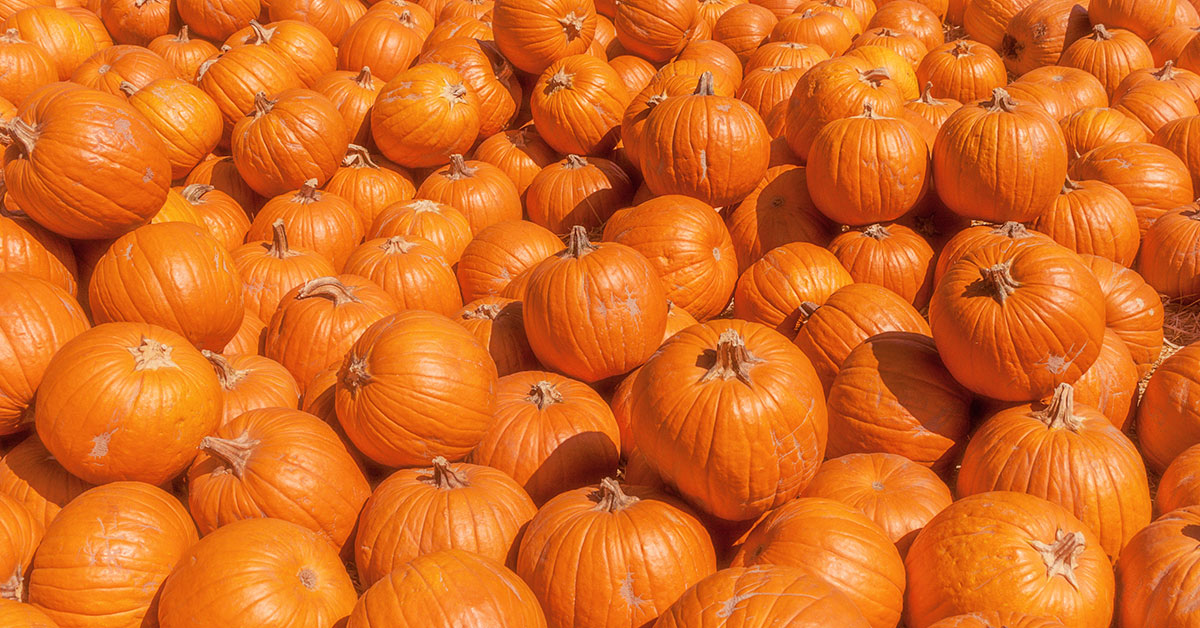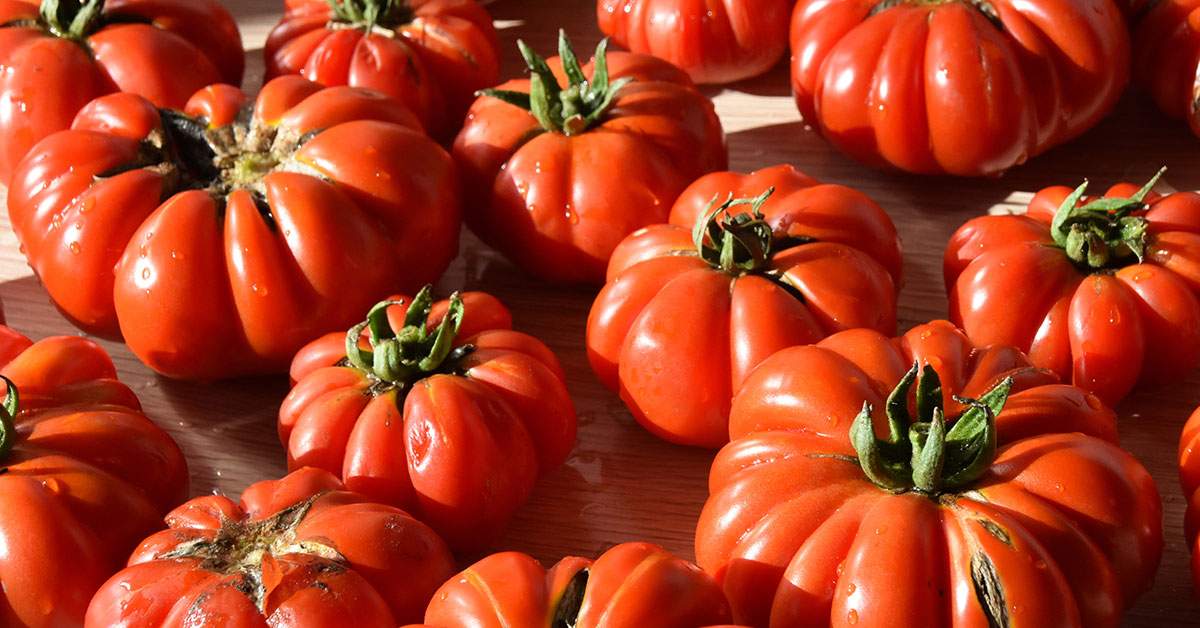As the crisp autumn air settles in, the sight of vibrant orange pumpkins adorning doorsteps and filling farmers’ markets becomes a familiar and cherished sight. Harvesting pumpkins is an exciting time for gardeners, signaling the culmination of months of careful nurturing and tending. However, knowing the right moment to harvest these iconic fruits is crucial to ensure optimal flavor, texture, and longevity. In this article, we will explore the signs and techniques to determine when to harvest pumpkins, ensuring a bountiful and successful harvest season.
When to Harvest Pumpkins
The timing for harvesting pumpkins depends on the variety and intended use. Generally, pumpkins are ready to be harvested when they have reached their full color, the skin has hardened, and the stem has started to dry out. This typically occurs around 75 to 120 days after planting, depending on the variety. To determine if a pumpkin is ready for harvest, gently press your fingernail against the skin. If the skin is hard and resists puncture, it is likely ready to be harvested.
Additionally, the vine that the pumpkin is attached to should start to dry out and turn brown. It’s important not to harvest pumpkins too early, as they may not have fully developed their flavor and sweetness. On the other hand, leaving them on the vine for too long can result in overripe pumpkins that may not store well. Once you’ve determined that your pumpkins are ready for harvest, use a sharp knife or pruning shears to cut the stem about 2-3 inches above the pumpkin.
Avoid pulling or twisting the pumpkin off the vine, as this can damage the fruit or the stem. After harvesting, it’s essential to handle pumpkins with care to prevent any bruising or damage. Store them in a cool, dry place with good ventilation to prolong their shelf life. Properly harvested and stored pumpkins can last for several months, allowing you to enjoy them throughout the fall and winter seasons.
Signs Your Pumpkins Are Ready to Be Harvested
When it comes to harvesting pumpkins, there are a few signs to look out for:
- Fully developed color: Pumpkins should have a deep, consistent color. For example, if you’re growing orange pumpkins, they should have a rich, vibrant orange hue. If the color is still pale or green, it’s an indication that the pumpkin is not yet ripe.
- Hard rind: The pumpkin’s rind should be tough and hard. Gently press your fingernail against the skin; if it leaves a mark or punctures the skin easily, the pumpkin is not ready for harvest. A mature pumpkin will have a firm rind that resists indentation.
- Sturdy stem: Check the stem of the pumpkin. A mature pumpkin will have a dry, brown stem that is firmly attached to the fruit. If the stem is green and flexible, it means the pumpkin is still growing and needs more time on the vine.
- Drying vines: As pumpkins near maturity, the vines will start to dry out and wither. This is a natural process and indicates that the pumpkin is almost ready to be harvested. However, make sure not to confuse this with diseases or pests damaging the vines.
- Time: Depending on the variety, pumpkins typically take around 75-120 days to mature. Check the seed packet or consult the specific variety you’re growing to determine the approximate harvest time. Once the recommended time has passed, start observing the other signs mentioned above to determine if the pumpkins are ready for harvest.
Remember, it’s better to harvest pumpkins a little early than to leave them on the vine for too long. Overripe pumpkins may become mushy, rot, or attract pests.
Signs Your Pumpkins Aren’t Ripe Yet
There are several signs that indicate pumpkins are not yet ripe and should not be harvested. It is important to wait until they are fully matured to ensure optimal flavor and storage potential. Here are some key indicators to look for:
- Color: Immature pumpkins usually have a vibrant green color, while ripe ones develop a deep, consistent orange hue. If the pumpkin still has patches of green or is predominantly green, it is not yet ready for harvest.
- Skin hardness: Ripe pumpkins have a hard and tough skin, making them resistant to scratches or punctures. In contrast, immature pumpkins have a softer skin that can be easily damaged. Gently press your fingernail against the skin; if it leaves an indentation, the pumpkin is not yet ripe.
- Stem appearance: The stem of a ripe pumpkin will be dry and woody. If it is still green and flexible, it indicates that the pumpkin is not fully matured. Additionally, a ripe pumpkin will have a sturdy stem firmly attached to the fruit.
- Size and shape: Pumpkins continue to grow in size as they mature. If the pumpkin appears small and underdeveloped, it is a clear sign that it needs more time to reach its full potential. Similarly, if the pumpkin has an irregular or misshapen form, it may not be ready for harvest.
- Vine condition: Check the condition of the pumpkin’s vine. If the vine is still green and healthy, it means the pumpkin is still receiving nutrients from the plant. Wait until the vine starts to dry out and wither, as this indicates that the pumpkin has detached itself from the plant and is ready to be harvested.
Remember, patience is key when growing pumpkins. Waiting for the appropriate signs of ripeness will ensure that you have a flavorful and long-lasting harvest.













